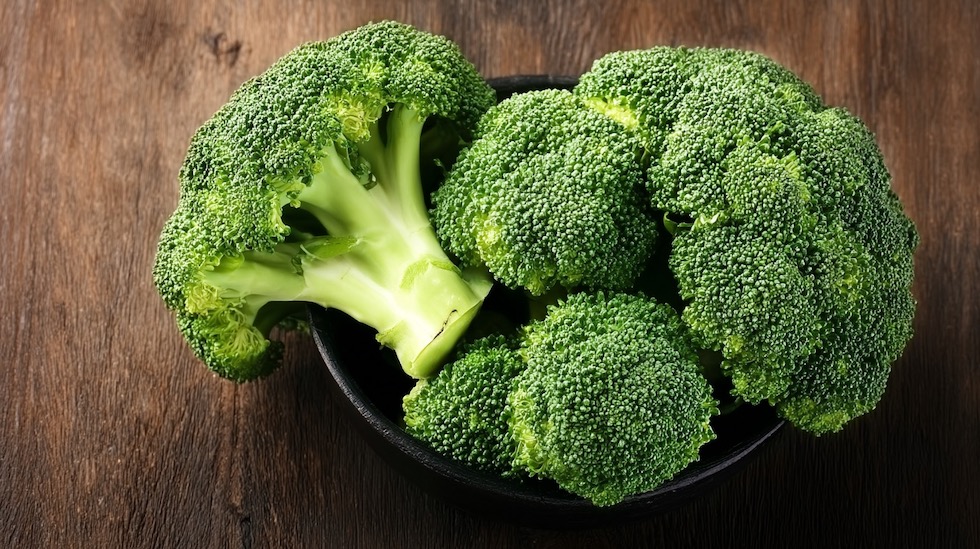Broccoli – the green crown champion
Broccoli, or as you sometimes hear it, green cauliflower, is one of the coolest vegetables you can add to your kitchen. Its Latin name is Brassica oleracea var. italica, and although many people know it as the harbinger of a healthy lifestyle, it’s actually a very old character: it was eaten and even cultivated by the ancient Romans. It originated in Italy and from there it spread all over the world. Today it is not only a health icon, but also a staple on weekly shopping lists. 🥦

🥄 Its importance in the kitchen: 4/5
Although it is not a staple vegetable in every Hungarian household, it is gaining ground. It has become the star of reform cooking, vegetarian meals and diets in recent years. It has long had a prominent place on menus in Europe, especially in Mediterranean countries. Even if you don’t put it on your first course with peppers and chips, a good creamy broccoli soup or vegetable pasta will always show what it can do.
🌱 Which part is edible?
We mostly use the dark green inflorescence of broccoli, which is basically the part of the flower that has not yet opened. You can also eat the stalk – peel off the tough, fibrous outer layer and you’ll find a crunchy, sweet interior that’s a waste to throw away. The leaves are also edible, although you’re less likely to see these as most store-bought broccoli is peeled. No part of the plant is poisonous, but the thick stalk is difficult to digest when raw, so cooking or steaming is recommended.
💚 Impact on health
- It supports your immune system thanks to its high vitamin C content.
- It is also rich in vitamin K, which is important for bones and blood clotting.
- It is full of antioxidants that help neutralise free radicals.
- It also contains folic acid, iron, calcium, potassium and fibre to aid digestion and blood formation.
- It is also popular in traditional medicine for its anti-inflammatory and detoxifying effects.
🌍 Production and season
Broccoli is mainly grown outdoors, but there are also solutions in the open air, mainly to extend the season. In Hungary, you can find native broccoli from June to the end of October, mainly in the Great Plain and the Transdanubian region. For the rest of the year, imports from Spain, Italy and France are on the shelves – especially in winter and early spring.
In Europe, Spain is the largest exporter of broccoli, mainly in the southern regions of Spain, where the mild climate allows production throughout the winter.
🛍️ How to choose good broccoli?
- Choose one that has solid, dark green inflorescences and no yellow discolouration.
- The stem should be firm, not floppy or slimy.
- When you press it, it should not be soft or spongy.
- The smell should be light and fresh – if it’s too strong or unpleasant, that’s not a good sign.
📦 Storage tips
- Keep in a refrigerator, preferably in an airtight bag or perforated box.
- Don’t wash it in advance, just before use – it will stay fresh longer.
- It keeps its freshness for 3-5 days, after which colour and texture deterioration is expected.
- If you buy a larger quantity, blanch and freeze it – it will keep for months.
🌎 Broccoli in the kitchens of the world
In Italian cuisine it is used in pasta, pizzas and salads. It is a staple in Chinese wok dishes, and is particularly good with soy sauce and ginger. In the USA, it is a classic side dish served with steamed broccoli steak or roast chicken. In Japan, it is also often eaten tempura-style, while in India it is used in curries and vegetable stews.
🍽️ Best-known recipe: broccoli cream soup
This simple and filling dish is a favourite with almost everyone. Onions, garlic, potatoes and broccoli cooked together in butter and then blended with cream – a few drops of lemon juice and grated cheese on top and you’re ready to go! Quick, healthy and perfect for an autumn or winter evening.
👩🍳 Tips for using it in the kitchen
- It’s also excellent steamed, baked or raw – but don’t overcook it, as it will lose its texture and nutrients.
- Great with: garlic, lemon juice, grated cheese, mustard, nutmeg, olive oil, balsamic vinegar.
- Avoid overly sweet or highly acidic ingredients – these will overpower the characterful taste of the broccoli.
- Don’t throw out the stem! You can also fry them in a pan, either in a circle or cut into slices.
- It can be easily incorporated into casseroles, pasta or breakfast omelettes.
Whether it’s a lightning-fast dinner, a healthy lunch or a little gastronomic adventure, broccoli can be on your plate – and not just as a side dish! 😉
